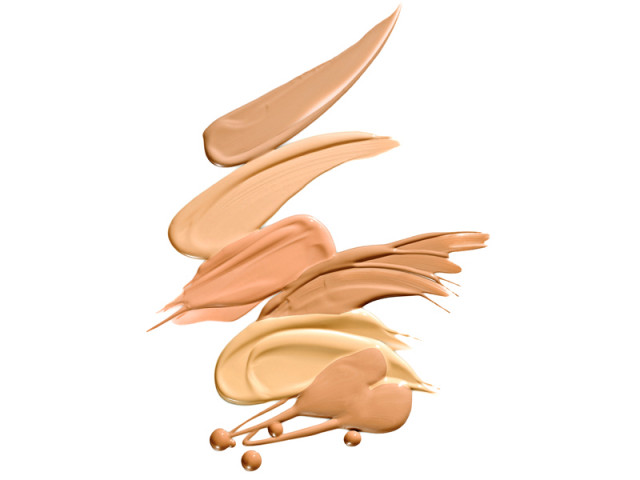Make up foundation: Ace your base
MsT answers all your questions about choosing and using the right foundation for a naturally flawless complexion

Unfortunately, the fact that foundation is now available in a variety of mediums (liquids, powders, mousse and creams) and shades (there is no such thing as a light or a dark foundation anymore) doesn’t make it finding the right product any easier. Next time you hit the drugstore to replenish your makeup supplies, follow these quick tips to make sure you get the right one.

Try before you buy
To avoid ruining your appearance or causing skin irritation, it is best to test makeup out, no matter what type of product it may be. In the case of foundation, it is virtually impossible to judge the texture and colour in the package and there is nothing worse than coming home to find that the foundation you invested in is a shade off. To try before you buy, leave a bit of the foundation on a small patch of skin for a few hours or test it out on your wrist; either way will determine whether you should invest in the product or not. According to Saira Mahmood, a professional beautician who runs her own institute, “The best kind of foundation will completely absorb into your skin and disappear without becoming too prominent. It will add a smoothness to your skin that wasn’t there before.”
Under cover
Knowing how much coverage you want is the next step to a perfect base. One might choose lighter coverage in the summer and heavier options in the cold weather. If you have fairly clear skin and need foundation to cover a few, small problematic spots, you should consider light coverage like that of a tinted moisturiser. Medium or heavy coverage foundations, on the other hand, neutralise an uneven skin tone and conceal blemishes and dark spots.
50 shades of beige
Remember that foundation is more than just a cover up for blemishes, wrinkles and scars — it is used for radiant, even-toned skin.
When testing out shades, it is adviseable that you approach the makeup counters with a fresh, clean face so you can gauge the results properly. Once there, pick out three shades closest to your skin tone, apply a stroke of each on your cheek or jawline and check it out in natural light. If the retailer you are at doesn’t offer any testers, hold the bottles up to your neck and pick the one that matches best.
“One tone darker than your natural skin colour is the way to go,” says Saira. “This will help your skin appear more natural. Darker shades will make you look grey. Saira also advises against testing the foundation on your wrist or hands as this does not give an accurate representation of the effect of the product on the face.
The right formula, FYI
When picking a foundation, it is best to know your skin type. Most good quality foundations are formulated to suit different types of skin, including oily, dry, sensitive, mature, normal and combination skin. According to Saira, “People with oily skin should steer clear of oil-based makeup as it causes greasy skin and acne. Aqua-based foundations are the best options in this case, especially when complimented by a good toner and regular exfoliation.” Saira also prescribes powder-based foundations to keep excess oil at bay and advises against stick foundation as it is too thick and gives off an oily shine.
Another great way to conceal oily skin is to use a matte foundation which absorbs moisture and covers pores evenly. On the other hand, it is unsuitable for people with dry skin as it tends to accumulate over facial lines, making them more prominent. Women with dry skin should invest in water, cream or liquid-based foundations which hydrate the skin and give it a healthy glow.
If your skin comprises of a combination of types (for example, it may be oily in the T-zone but dry in the cheeks, nose and chin), mineralised foundations are your best bet. These are free from all oils and other detrimental chemicals and keep the skin hydrated throughout. If your mineralised foundation contains SPF, rest assured you have found the ideal product. Mineral-based items are beneficial for women with sensitive skin as well, thanks to them being chemical-free. Most cosmetic giants now offer non-comedogenic and hypoallergenic makeup for skin vulnerable to redness, rashes and flakiness.
One must bear in mind that our skin tends to change with the weather. You might suffer from dry skin during the winters while the summer heat might clog your pores up, leading to excess oil accumulation. Saira suggests oil-absorbent makeup for the summer and liquid-based products for winters. “Overall, if you wish to have a product that will work through the year, go for a two-in-one foundation palette.” Whatever you do, make sure your foundation is blended well lest your makeup becomes too obvious.

Published in The Express Tribune, Ms T, December 14th, 2014.



















COMMENTS
Comments are moderated and generally will be posted if they are on-topic and not abusive.
For more information, please see our Comments FAQ